Atelier Inhyah on sustainable ecosystems, craft, and a local approach
Atelier Inhyah from Ivory Coast is part of our series of profiles of architects, spatial designers and builders shaping West Africa's architectural future
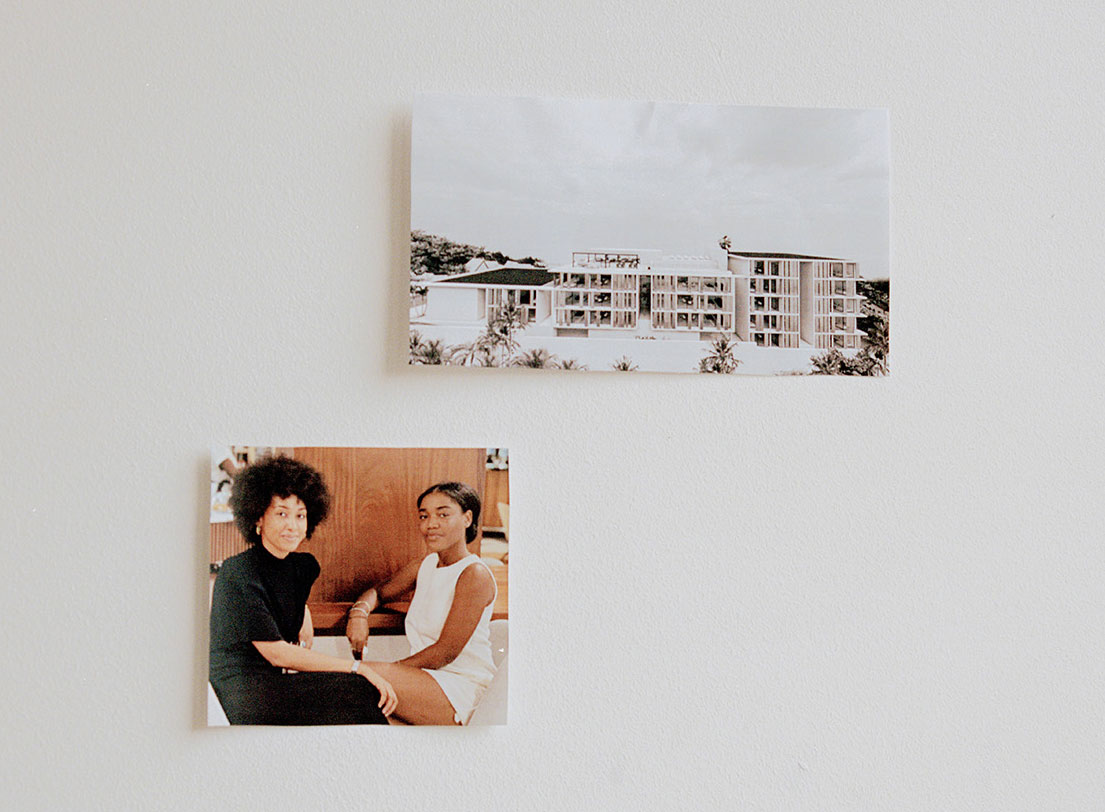
Atelier Inhyah is a story of two friends, Assarah Adoum from Tchad and Tara-Aude Koffi from Ivory Coast. They graduated from the École Spéciale d’Architecture de Paris in 2019, and went on to work for French and Ivorian firms. But soon, they both felt the need to create a practice relevant to their cultural backgrounds, and so they decided to start their own firm in 2020: ‘We are inspired by where we are from, while being relevant to our time.’
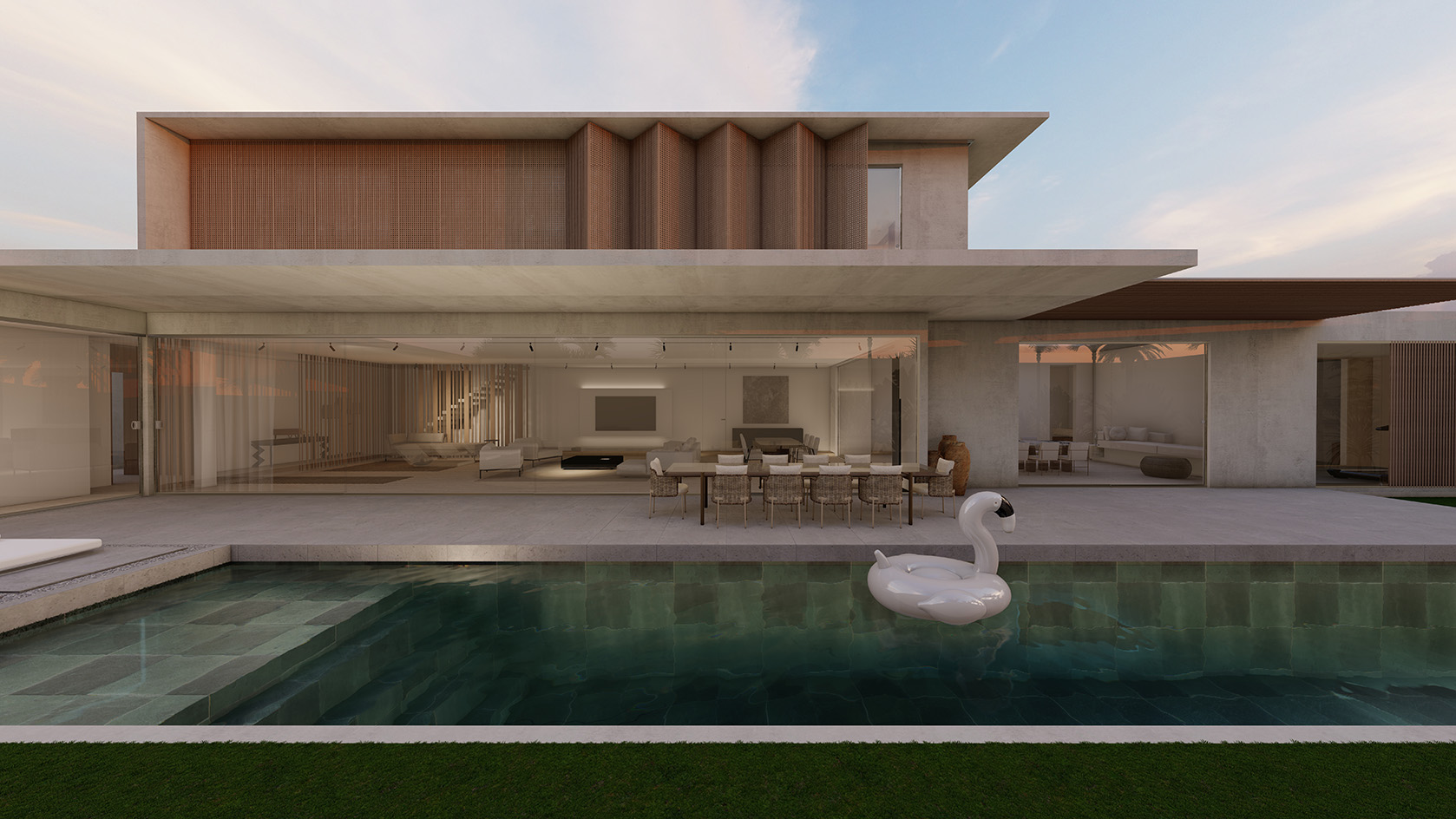
West African studios: Atelier Inhyah
Abiding by their ethos, they chose to settle in Abidjan: ‘a sub-Saharan hub for architecture despite having had its share of issues to address,’ as Koffi describes it. Aside from more traditional residential and commercial projects, Inhyah is interested in creating a sustainable ecosystem that would benefit local craftspeople. ‘We created a line of home accessories and furniture for that reason,’ Koffi explains. Being a fairly young practice, Inhyah aims to harness the capital’s growing sensibility to architectural innovation, by directing it towards a contemporary architecture that is inherently African: ‘We want people to understand that contemporary architecture answers to its time, yes, but also to its place.’
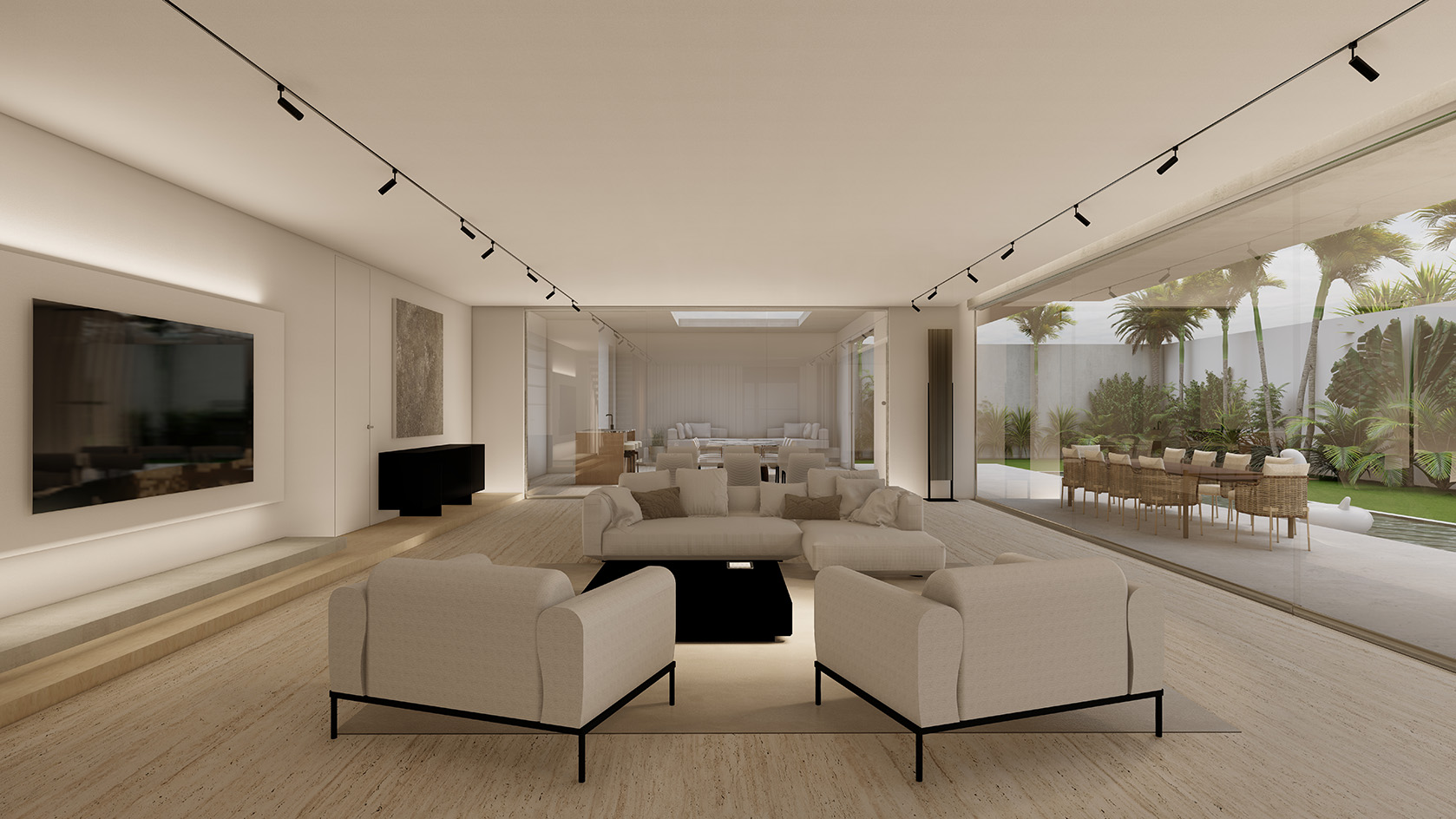
Inhyah’s latest project is a series of eco-lodges for a private client. ‘It shows what we are really about – we aim to have an architecture suitable to the cultural context and climate,’ says Koffi. To achieve this goal, the studio is putting emphasis on local know-how and materials. The duo are constantly learning, improving and developing their interest in education surrounding architecture in Africa. Indeed they have observed that architecture in Africa often leans toward occidental designs – something that in their view hinders creativity. They seek to challenge this by exploring elements of vernacular architecture – ranging from the Nubian vault to the thermal principle of earth architecture. ‘Once we draw from our know-how, our own architectural history, there is an abundance of ingenuity and resourcefulness that appears,’ Koffi insists. They want to encourage a specific education that fosters an understanding of local materials and techniques, which are currently fading away amid an imported ‘modern’ Ivorian landscape.
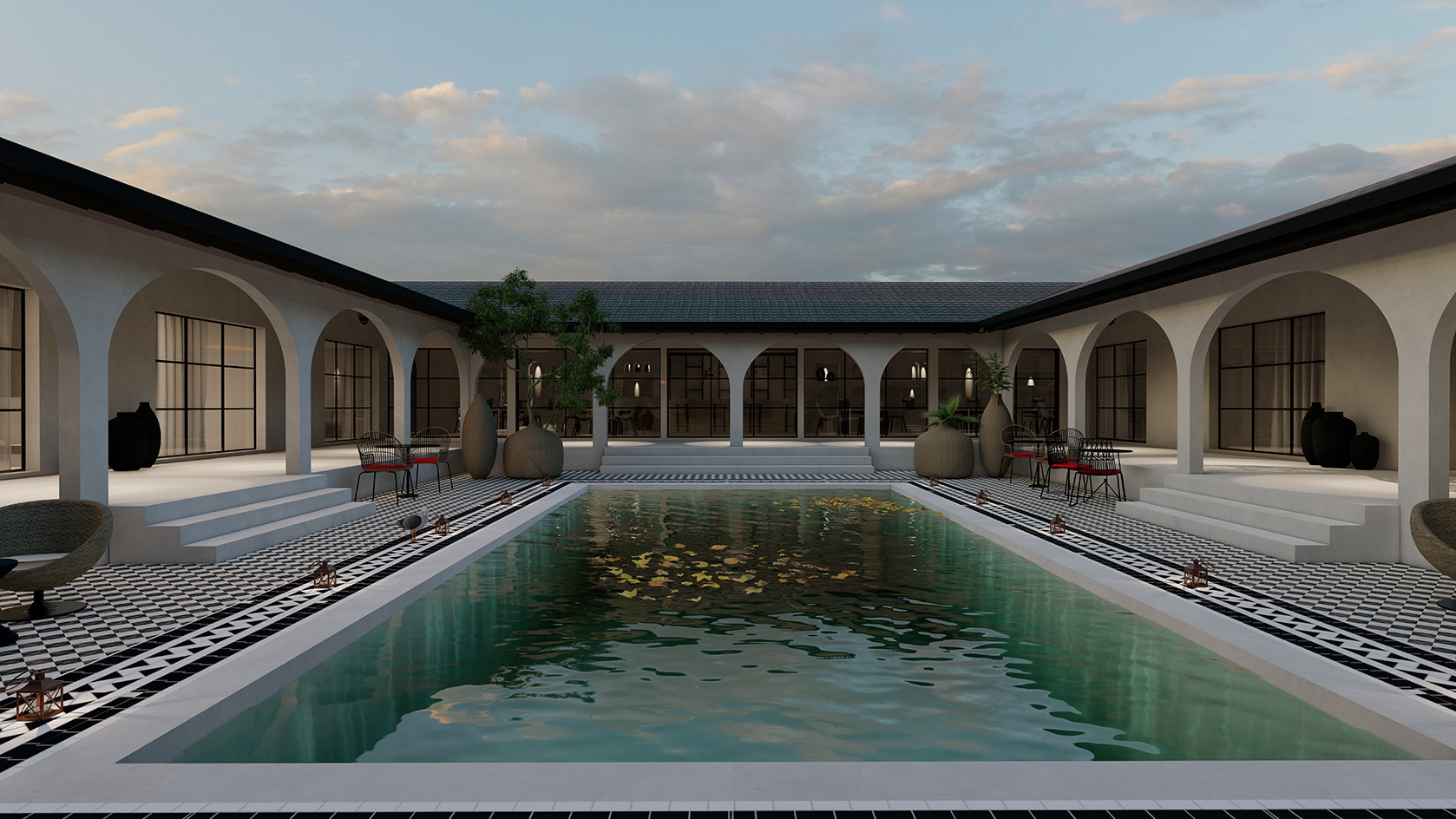
More unique to Abidjan, the dangers of hiring non-qualified practitioners results in disorganised and unsafe structures that do not respect planning regulations. Koffi says, ‘it is becoming urgent to deconstruct the perceived inaccessibility of the architect, and raise awareness regarding the need to hire an architect.’ At the same time, the difficulties Koffi and Adoun have come across on and off the field highlighted the blatant underrepresentation of women in the profession. ‘We have to work twice as hard as women,’ Koffi explains. For all those reasons, education is a medium through which they want to reach similar young African practices and foster a discussion around urbanism on the continent.
Inhyah’s next step is to grow and learn, to see how it can better impact that very complex African architectural landscape. ‘We hope to be the new generation of architects that challenges and tackle all the issues talked about.’ Koffi and Adoun’s clearest aspiration is to develop a sustainable city as a way to materialise the endless ways traditional African architecture can be reinvented.
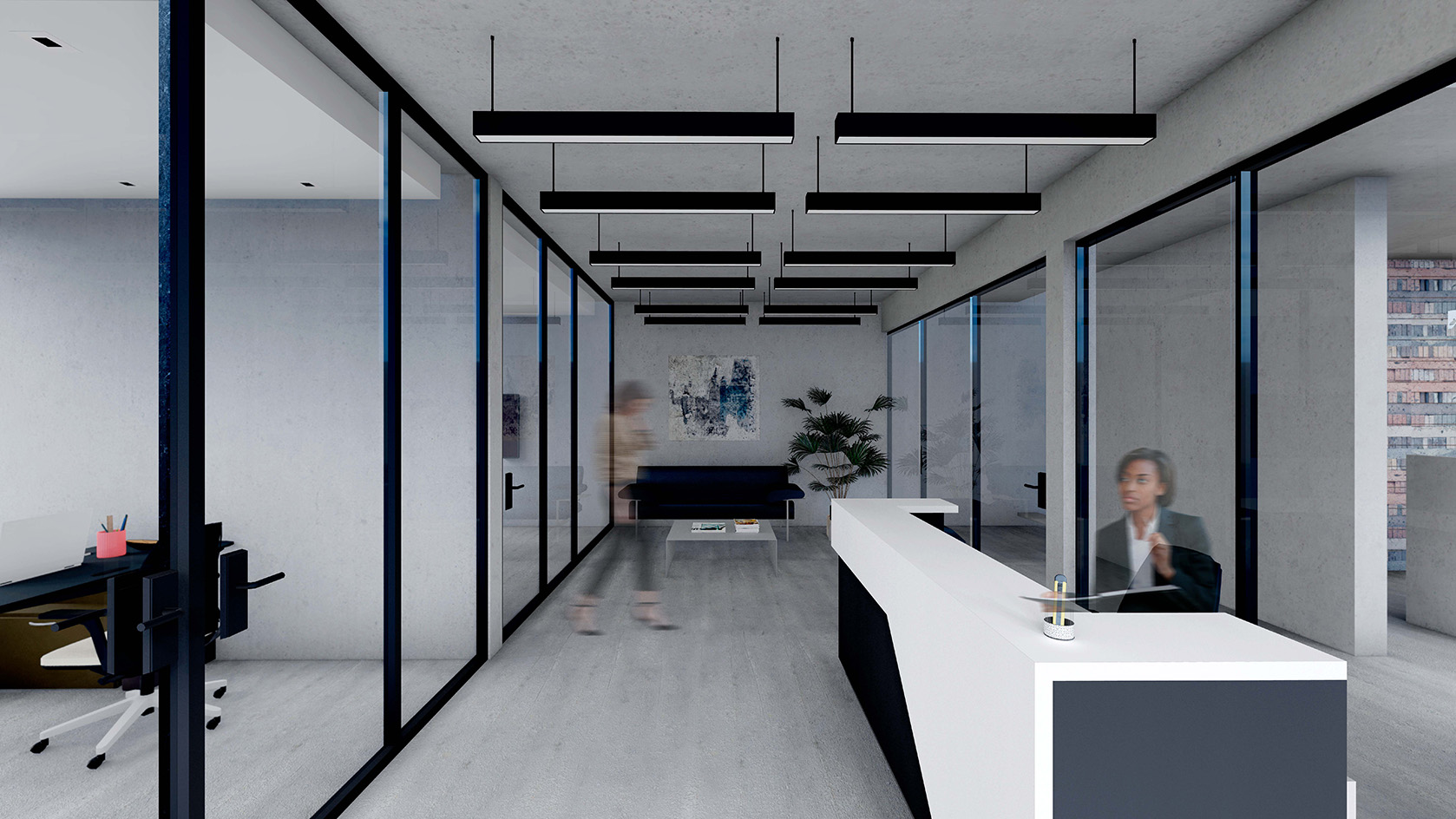
West African studios: the series
From Senegal to Nigeria, and from Niger to the Ivory Coast, West Africa is vast and brimming with potential. A powerful mix of peoples and cultures, and in some nations, exponential demographic and economic growth, makes this part of the world a locus of change. The result? A dynamic new generation of studios that operate in the architecture realm and push the boundaries of their field to a promising future. Architects, spatial designers and builders converge here to create a unique, rich melting pot of fresh thinking and innovation that will no doubt reshape the way we think about architecture globally.
Wallpaper* Newsletter
Receive our daily digest of inspiration, escapism and design stories from around the world direct to your inbox.
A version of this story appears in January 2023 Wallpaper*, The Future Issue, available now in print, on the Wallpaper* app on Apple iOS, and to subscribers of Apple News +. Subscribe to Wallpaper* today
-
 Join our world tour of contemporary homes across five continents
Join our world tour of contemporary homes across five continentsWe take a world tour of contemporary homes, exploring case studies of how we live; we make five stops across five continents
By Ellie Stathaki Published
-
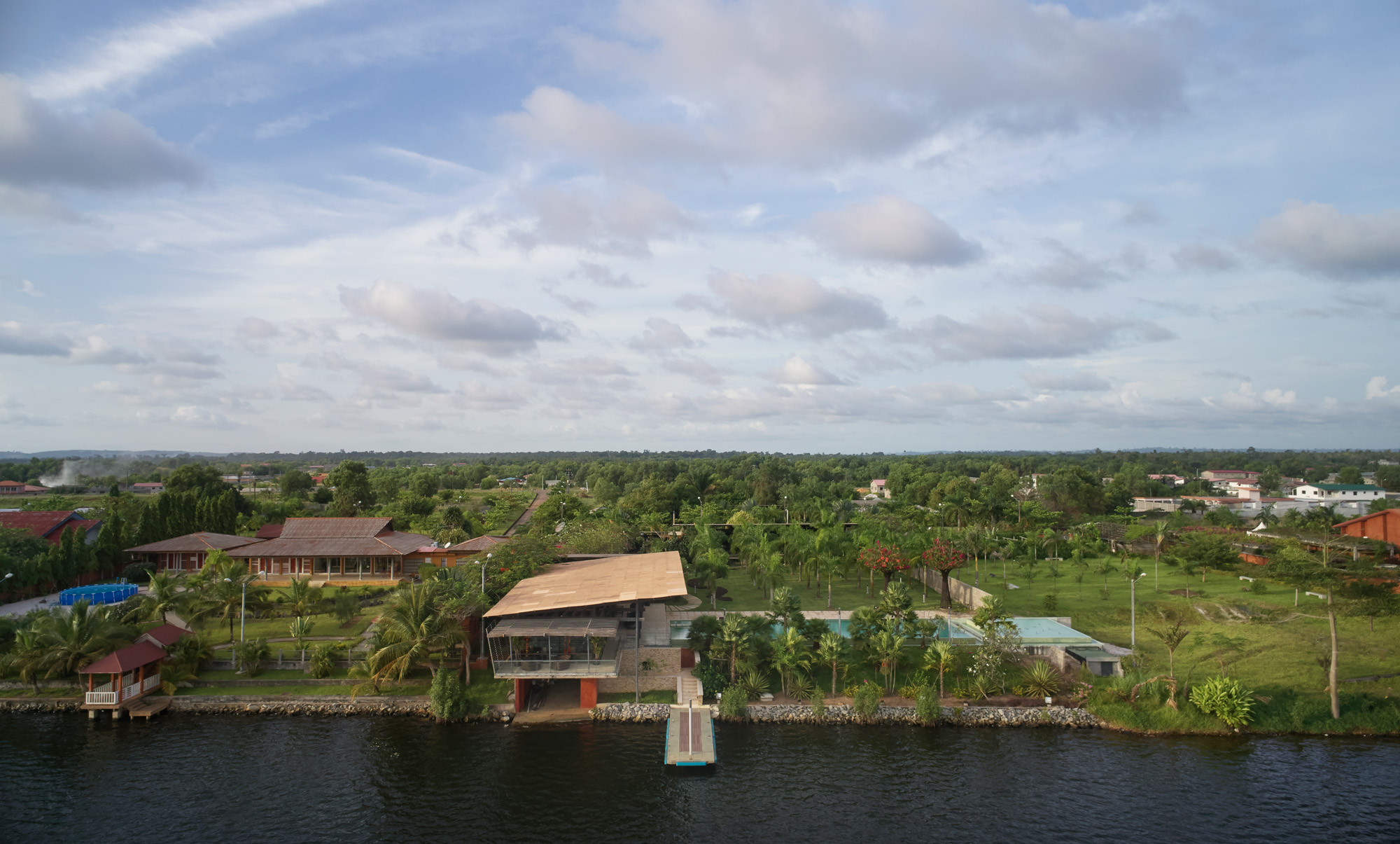 A new Côte d’Ivoire house made of breeze pavilions is an ode to outdoor living
A new Côte d’Ivoire house made of breeze pavilions is an ode to outdoor livingA new Côte d’Ivoire house, a series of breezy structures dotted around lush gardens and overlooking a vast lagoon, is Koffi & Diabaté Architectes’ Ebrah Pavilion; an ode to outdoor living
By Ijeoma Ndukwe Published
-
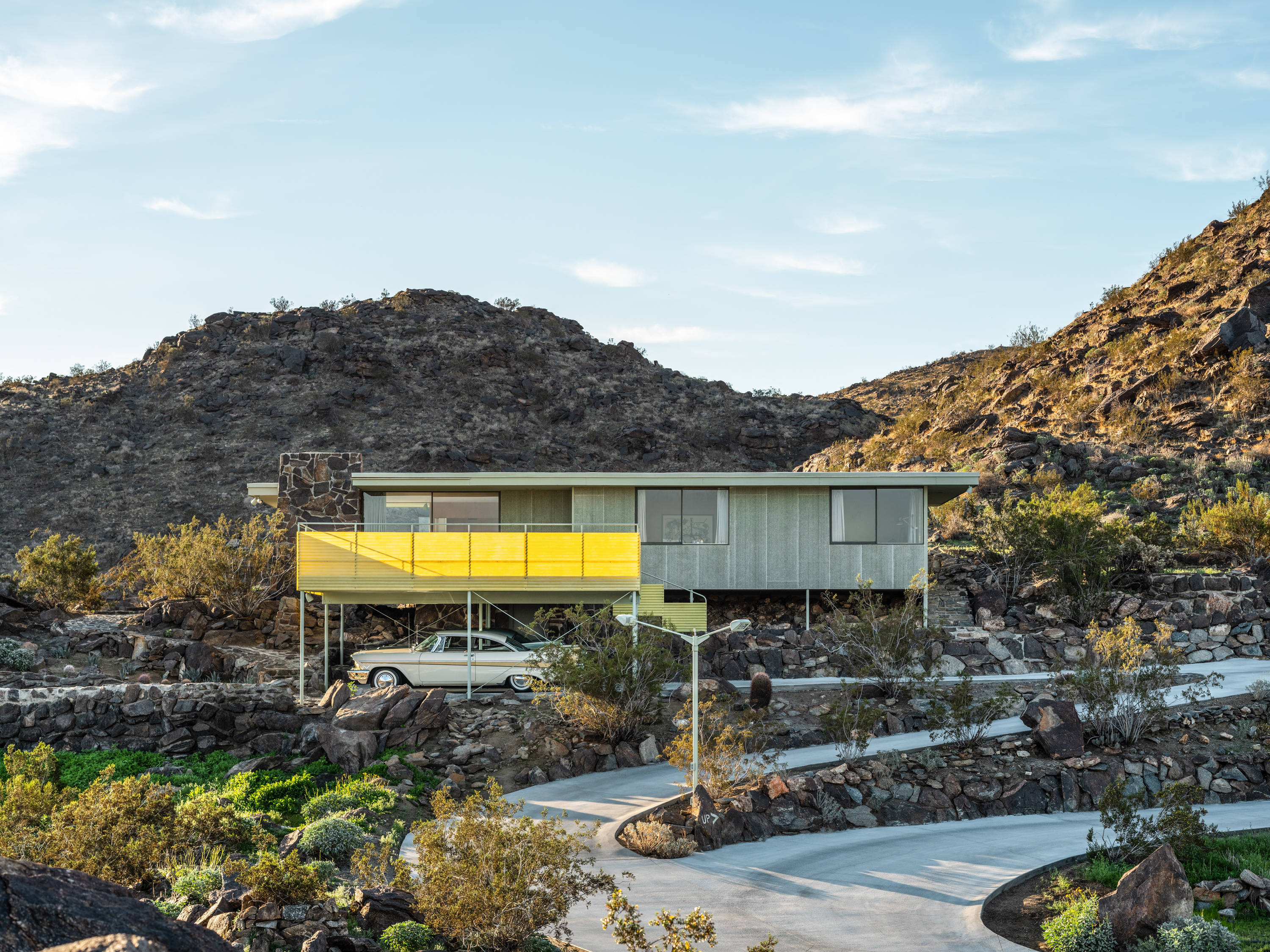 Modernist architecture: inspiration from across the globe
Modernist architecture: inspiration from across the globeModernist architecture has had a tremendous influence on today’s built environment, making these midcentury marvels some of the most closely studied 20th-century buildings; here, we explore the genre by continent
By Ellie Stathaki Last updated
-
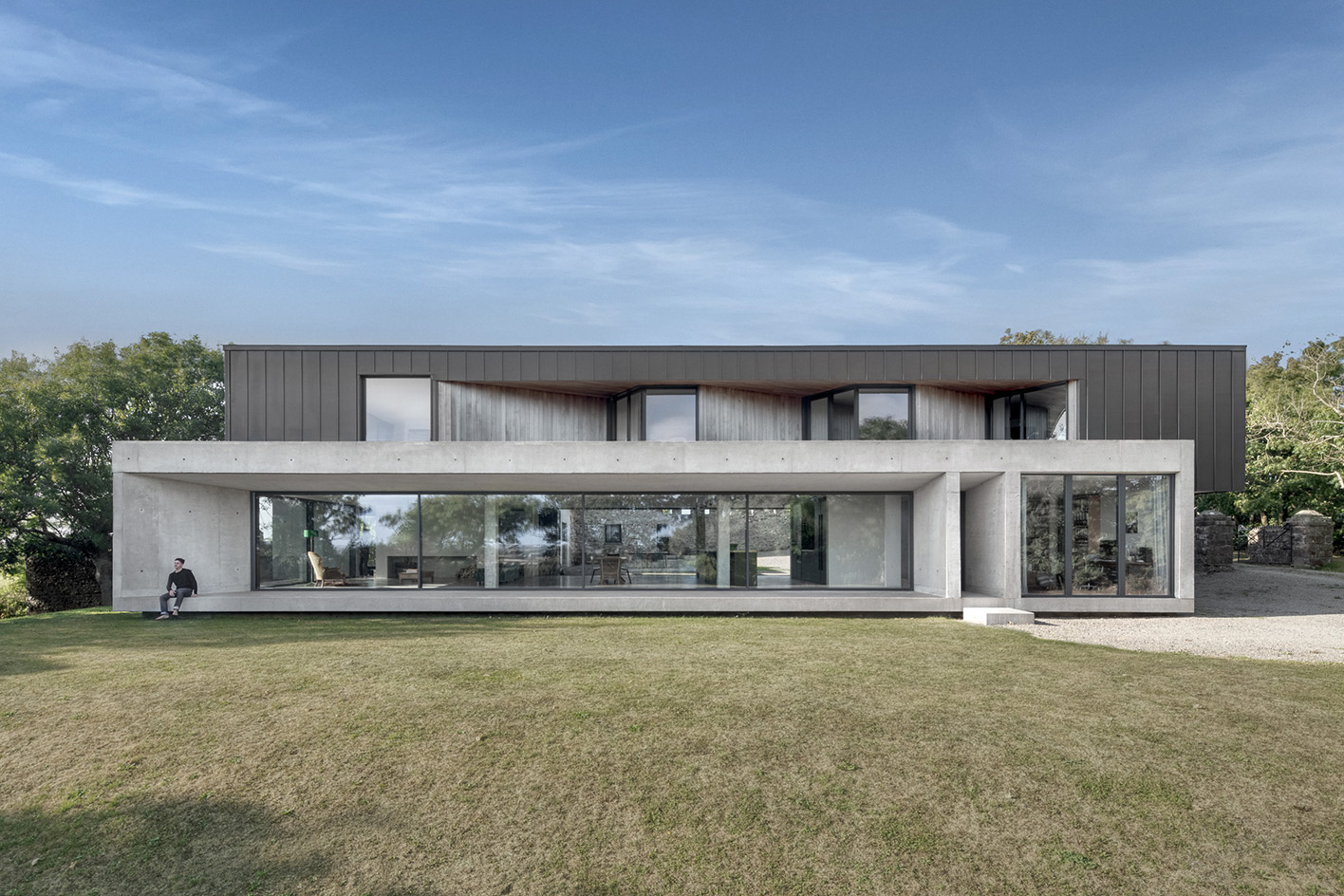 Minimalist architecture: homes that inspire calm
Minimalist architecture: homes that inspire calmThese examples of minimalist architecture place life in the foreground – clutter is demoted; joy promoted
By Ellie Stathaki Last updated
-
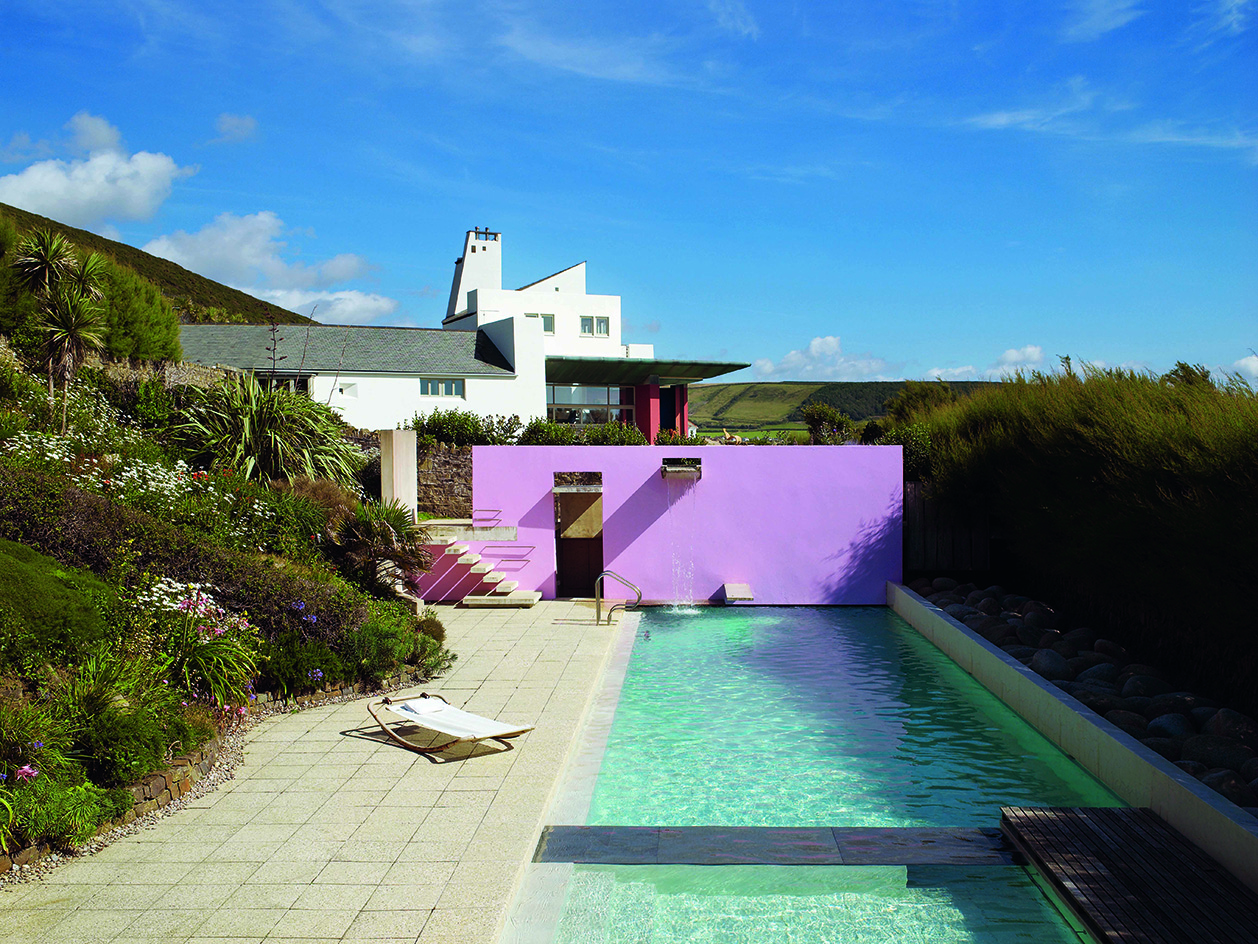 The iconic British house: key examples explored
The iconic British house: key examples exploredNew book ‘The Iconic British House’ by Dominic Bradbury explores the country’s best residential examples since 1900
By Ellie Stathaki Published
-
 Loyle Carner’s Reading Festival 2023 stage presents spatial storytelling at its finest
Loyle Carner’s Reading Festival 2023 stage presents spatial storytelling at its finestWe talk to Loyle Carner and The Unlimited Dreams Company (UDC) about the musical artist’s stage set design for Reading Festival 2023
By Teshome Douglas-Campbell Published
-
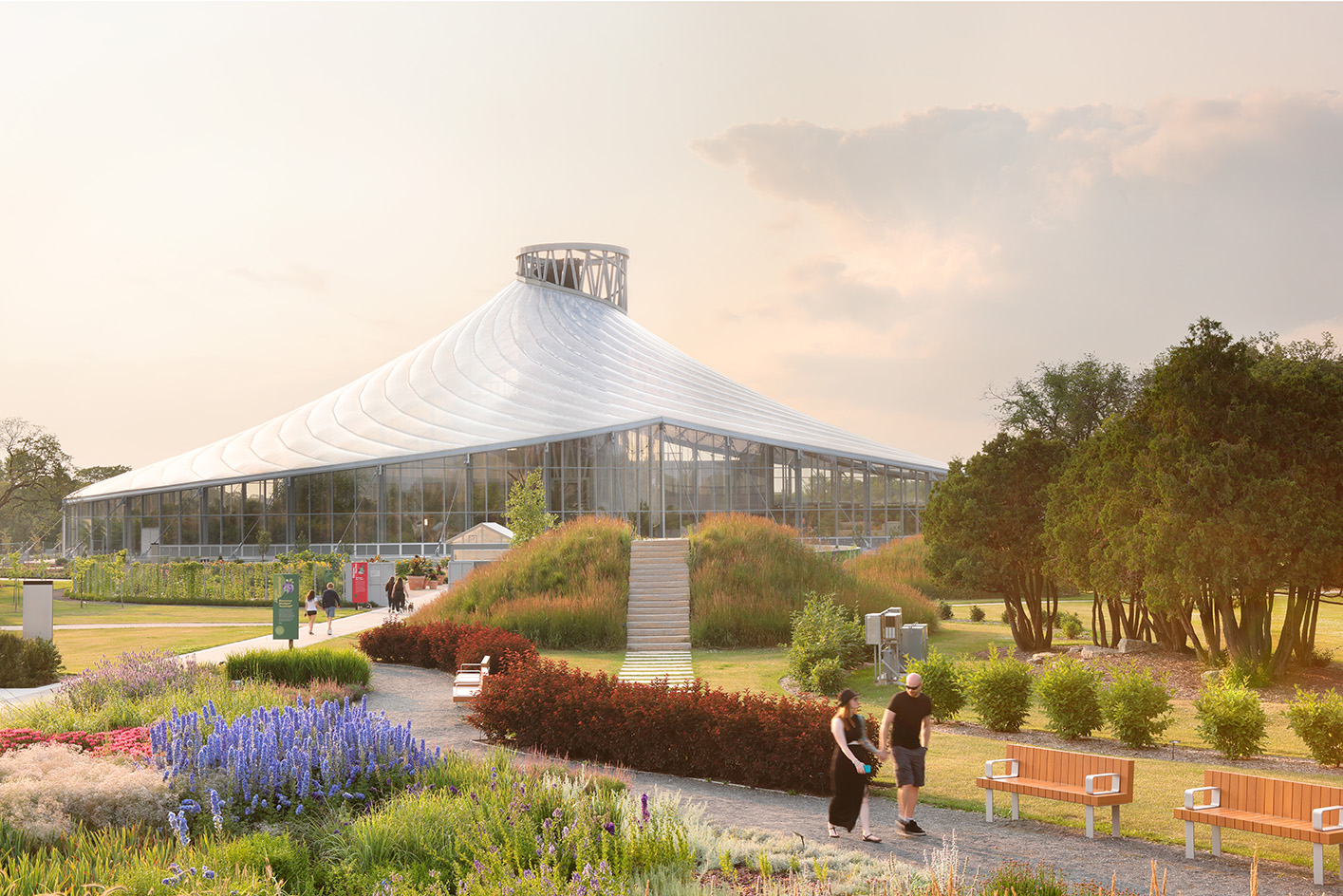 The Leaf is a feat of engineering and an ode to the Canadian Prairies
The Leaf is a feat of engineering and an ode to the Canadian PrairiesThe Leaf in Winnipeg, Canada, is the first interactive horticultural attraction of its kind: a garden and greenhouse complex promoting a better understanding of how people can connect with plants
By Adrian Madlener Published
-
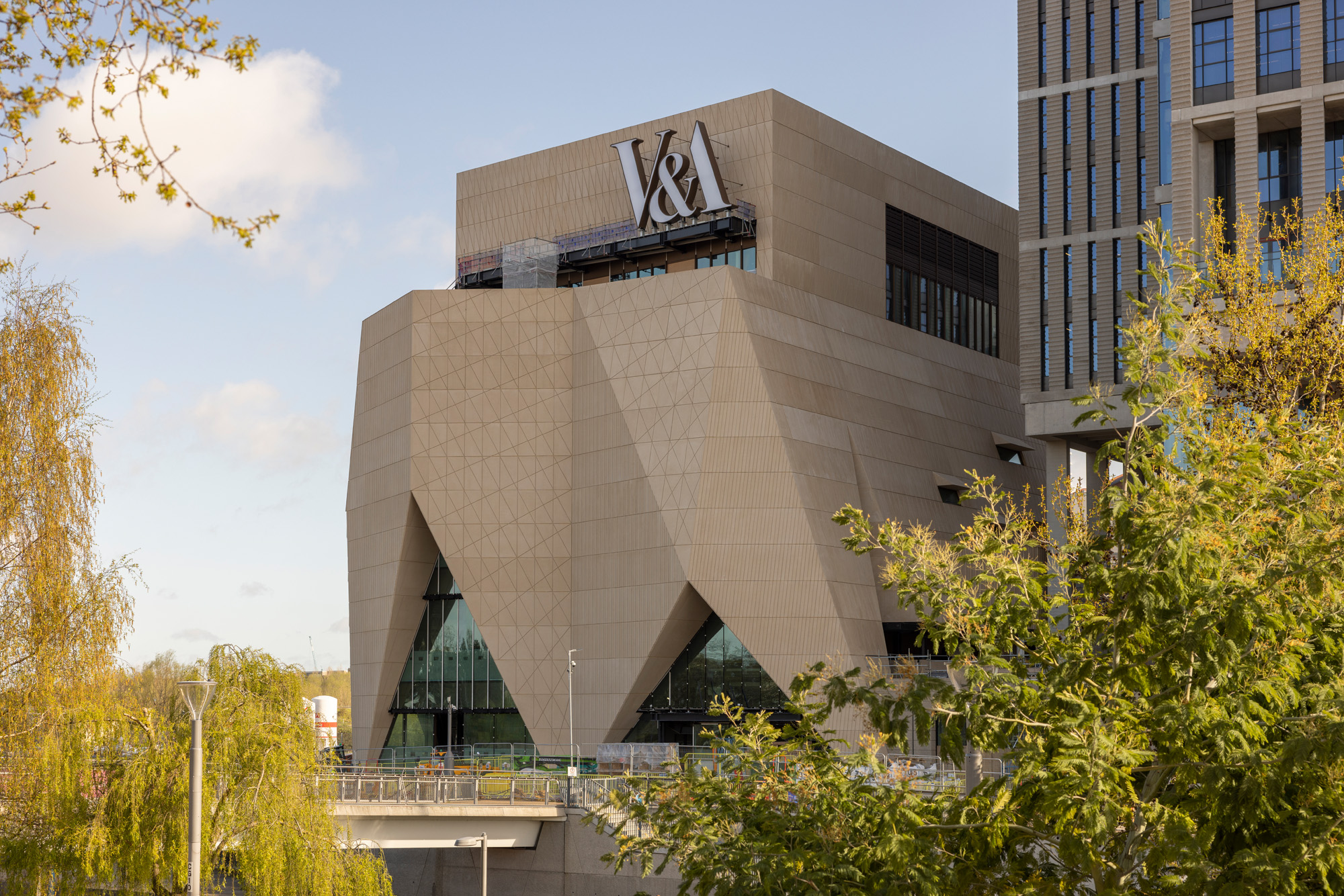 Behind the V&A East Museum’s pleated façade
Behind the V&A East Museum’s pleated façadeBehind the new V&A East Museum’s intricate façade is a space for the imagination to unfold
By Ellie Stathaki Published